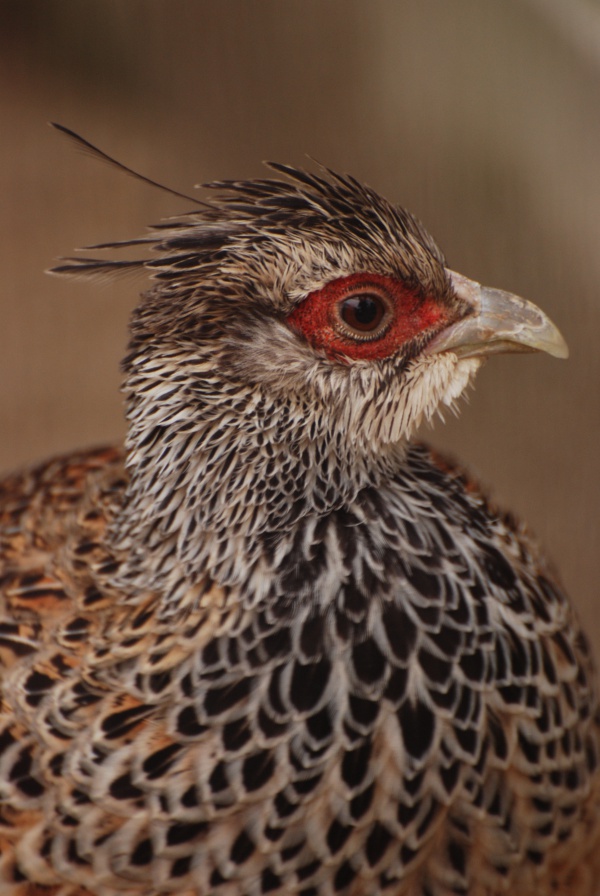Facts About Cheer pheasant
The cheer pheasant, also known as Wallich's pheasant, is a vulnerable bird species within the Phasianidae family and the sole member of the genus Catreus. Named in honor of Danish botanist Nathaniel Wallich, these birds have less vibrant plumage compared to other pheasants, featuring buffy-gray feathers and long crests. Male cheer pheasants are monogamous and nest on steep cliffs during the summer, laying clutches of 10 to 11 eggs. They are particularly sensitive to human disturbance, especially in their breeding habitats.
These birds are primarily found in the highlands and scrublands of the Himalayan region, including parts of India, Nepal, Kashmir, and Pakistan. They typically inhabit elevations above 6,000 feet, reaching up to 10,000 feet during the summer months. Despite their presence in regions like western Nepal and Himachal Pradesh, the cheer pheasant faces significant threats such as habitat loss, small population sizes, and hunting. These factors have led to its vulnerable status on the IUCN Red List and its inclusion in CITES Appendix I. Unfortunately, reintroduction efforts in Pakistan have not been successful to date.

 China
China